I’ve read more than once that the Schneider 90mm f:4 Apo Symmar Macro PQS lens for the Rollei 6xxx and Hy6 systems is the best lens in medium format. Hasselblad owners may take exception to this. Their 100mm f:3.5 Planar is an excellent lens that is measurably sharper than the 80. Of course the Mamiya lenses for the 6 and 7 series rangefinders are notably high resolving lenses. But the Schneider 90mm f:4 Apo Symmar Macro PQS lens excels in more areas than these other lenses.
The Apo Symmar boasts unbelievable sharpness from close up to infinity. It focuses to 1:2 without extension tubes. The lens is sharp wide open and stopped down. It renders very detailed images with fantastic color and pleasing bokeh. In fact, somebody high up at Phase One told Eric Hiss from Rollei USA that this is one of the sharpest lenses in medium format. It’s also light weight, and doesn’t need a hood due to its deeply inset front element. The lens looks like a 55mm Micro Nikkor on steroids.
The Apo Symmar is a manual focus lens. The focus is silky smooth with a long throw. As a PQS lens it features a 1/1000 second leaf shutter made of carbon fiber blades.
Downsides? The lens is BIG. Like Hungry Man Soup can big. The filter size is 95mm. It’s not heavy but does fill up my camera bag. It’s also not cheap. There are some bargains in this system. The 90mm Apo Symmar is not one of them. The lens sells used for about half its original $3995 USD retail price. Still, a high quality German lens with exceptional qualities for $2000 may be a good value, if not a bargain.
A quick comment or two about the Rollei 6xxx system. I’m not going to say much , there have been some excellent reviews online such as https://www.35mmc.com/11/05/2021/rolleiflex-6000-a-passionate-review/ and https://casualphotophile.com/2017/10/06/rollei-6008-professional-medium-format-slr-camera-review/. I apologize if I missed anybody.
One area I’ll mention that isn’t discussed much online is how Rollei spent a lot of effort on the backs improving the film flatness compared to their competitors. This adds to the sharpness of the system.
As I said, there are some bargains in this system if you are patient. I picked up very clean non-PQ Zeiss 50mm Distagon and 150mm Sonnar lenses for $350 and $250 respectively. They work with my 6008af but I lose some the metering and automation. I meter manually anyway so this doesn’t affect me. I also picked up an almost mint 6001 body for $350 as a back up body. This doesn’t have the metering and automation. If that’s OK with you you could certainly piece together a manual system with an older 80mm Planar for quite a bit less money than Hasselblads are going for today.
I stand squarely in the gear-doesn’t-matter camp. To prove my point, last Summer I shot a number of images with my 6008af and the 80mm Xenotar and then the same image with my 65 year old Minolta Autocord. I made 14×14 prints and showed them to half a dozen photo colleagues, all of whom have decades of shooting experience. Nobody could reliably tell me which camera shot which print. I bet if I repeated that test with my 90mm APO Symmar the results would be different.
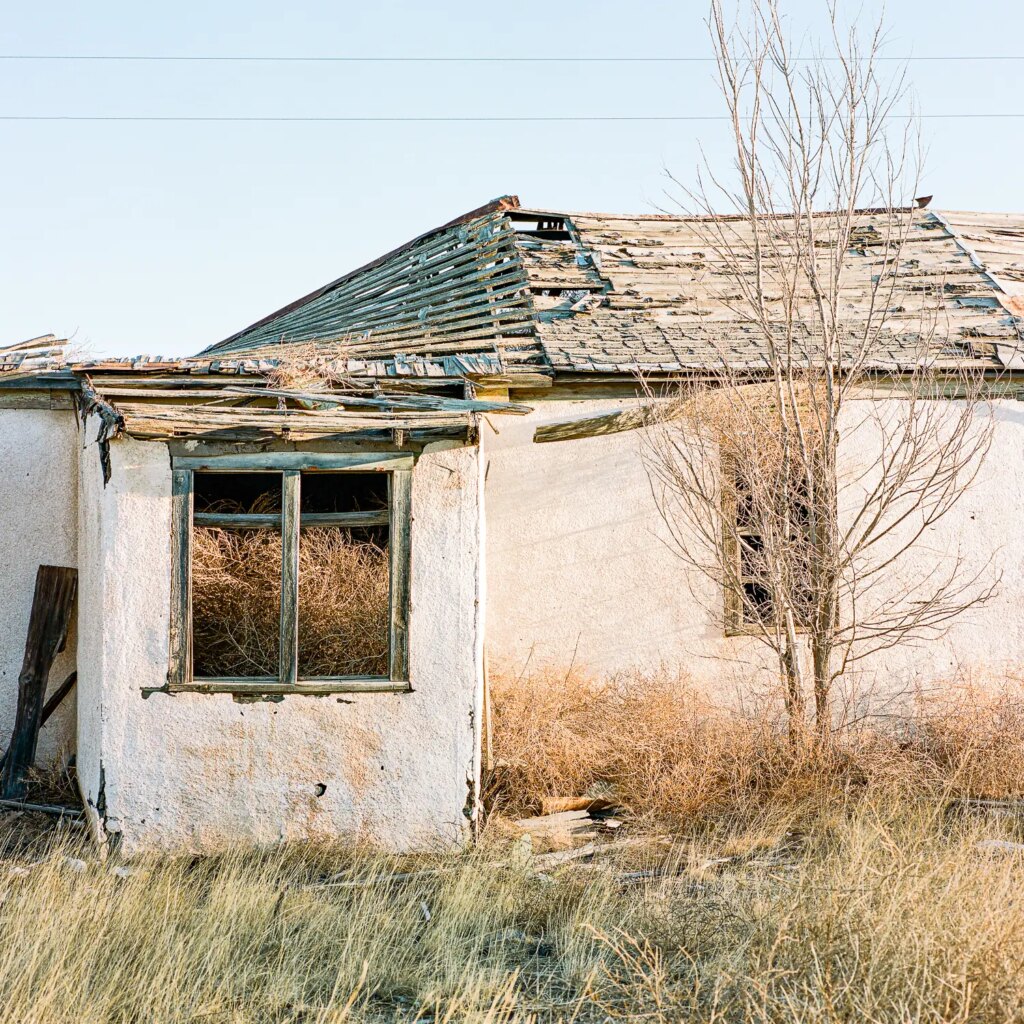
Rollei 6008af. Apo Symmar 90mm f:4 Portra 400
* Scanned by Lewis at the FIND lab
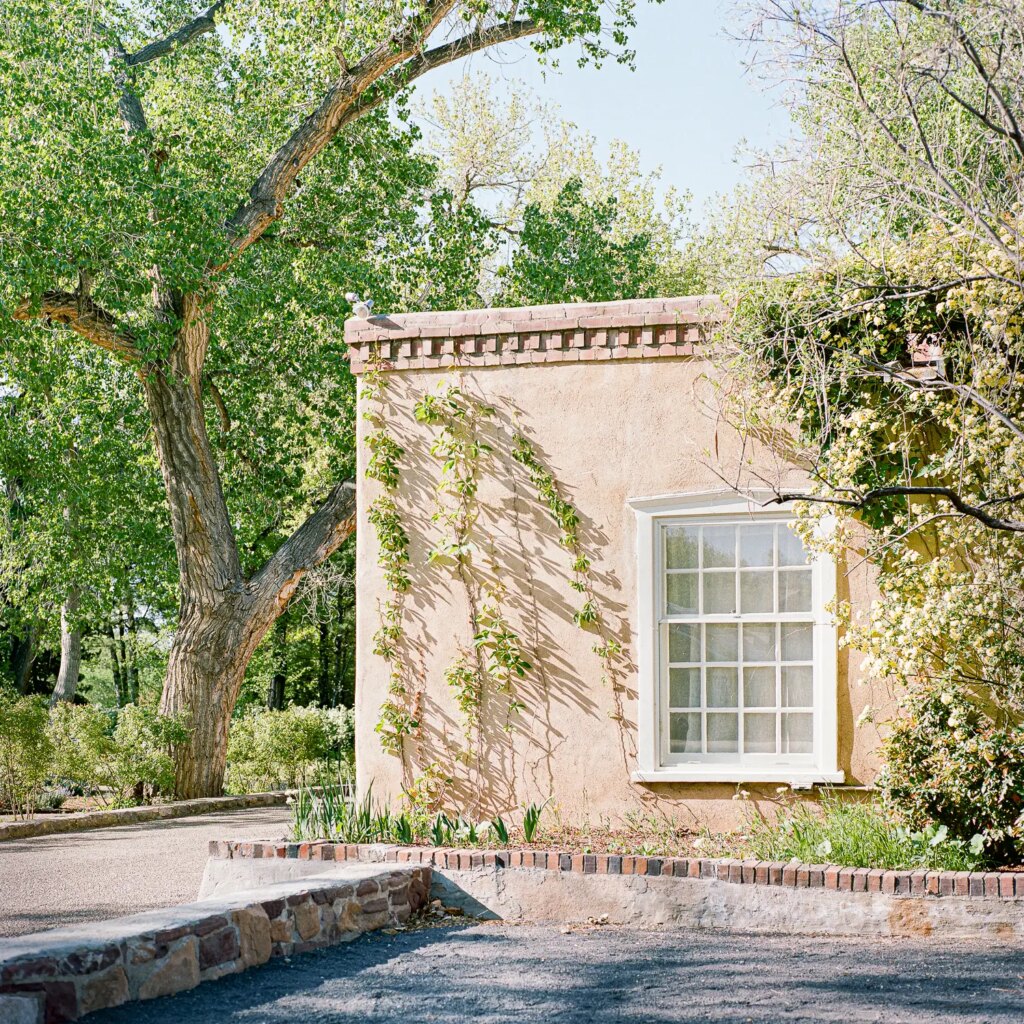
Rollei 6008af. Apo Symmar 90mm f:4 Portra 400
* Scanned by Lewis at the FIND lab
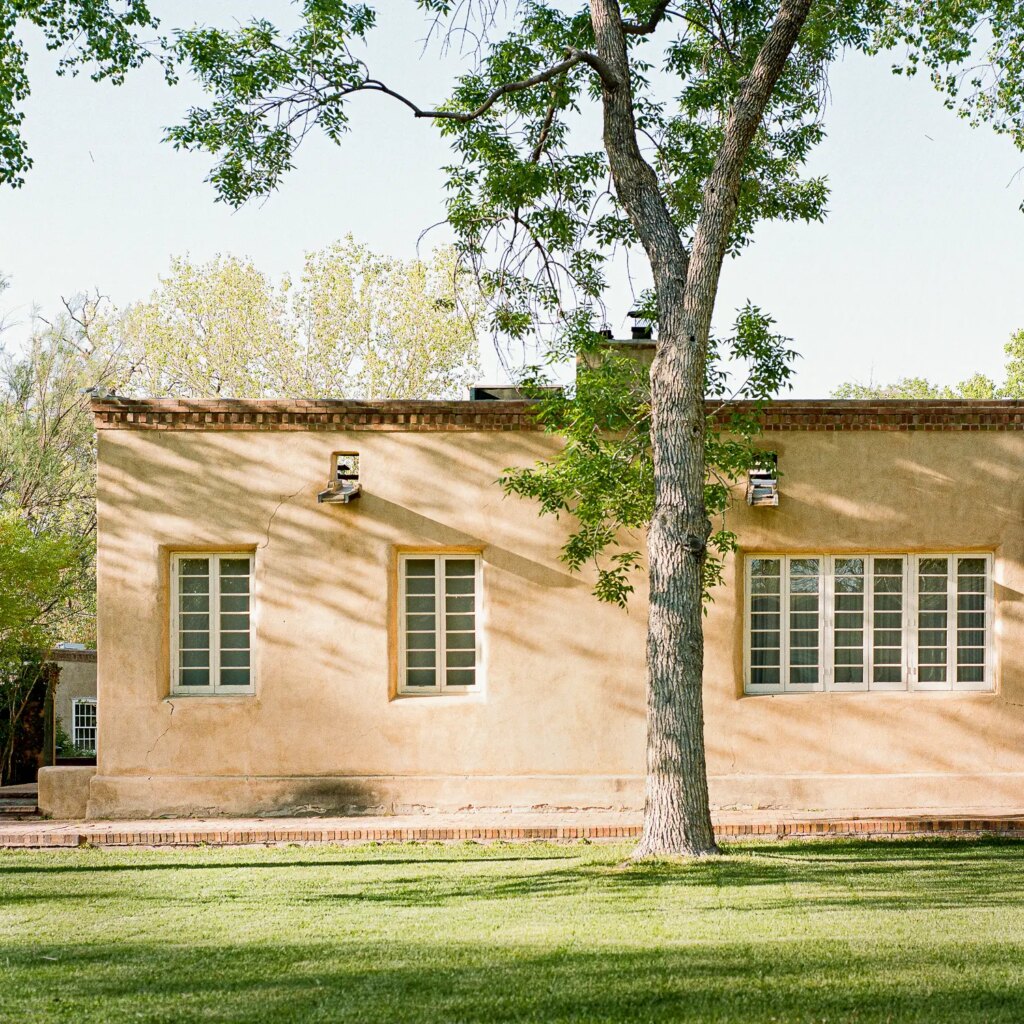
Rollei 6008af. Apo Symmar 90mm f:4 Portra 400
* Scanned by Lewis at the FIND lab
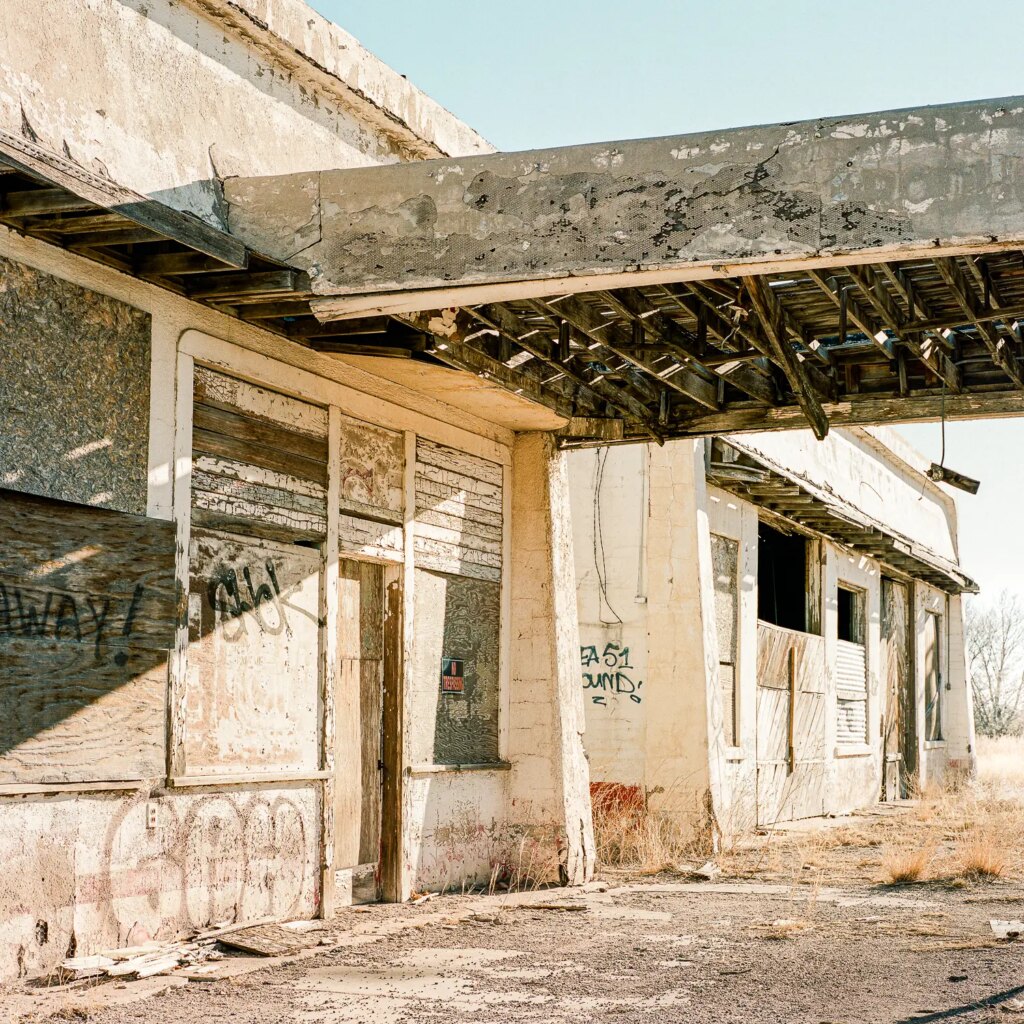
Rollei 6008af. Apo Symmar 90mm f:4 Portra 400
* Scanned by Lewis at the FIND lab
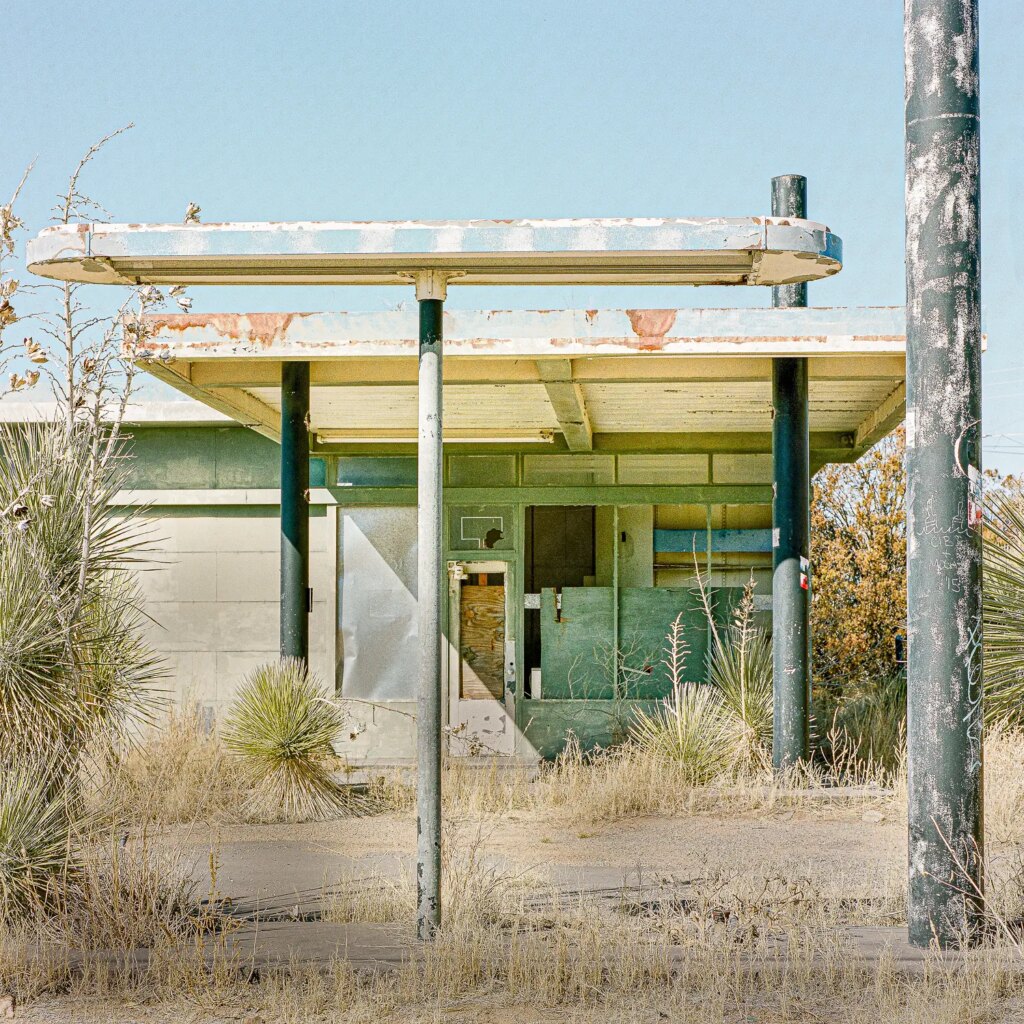
Rollei 6008af. Apo Symmar 90mm f:4 Portra 400
* Scanned by Lewis at the FIND lab
Chip Greenberg
www.chipshootsfilm.com
Share this post:
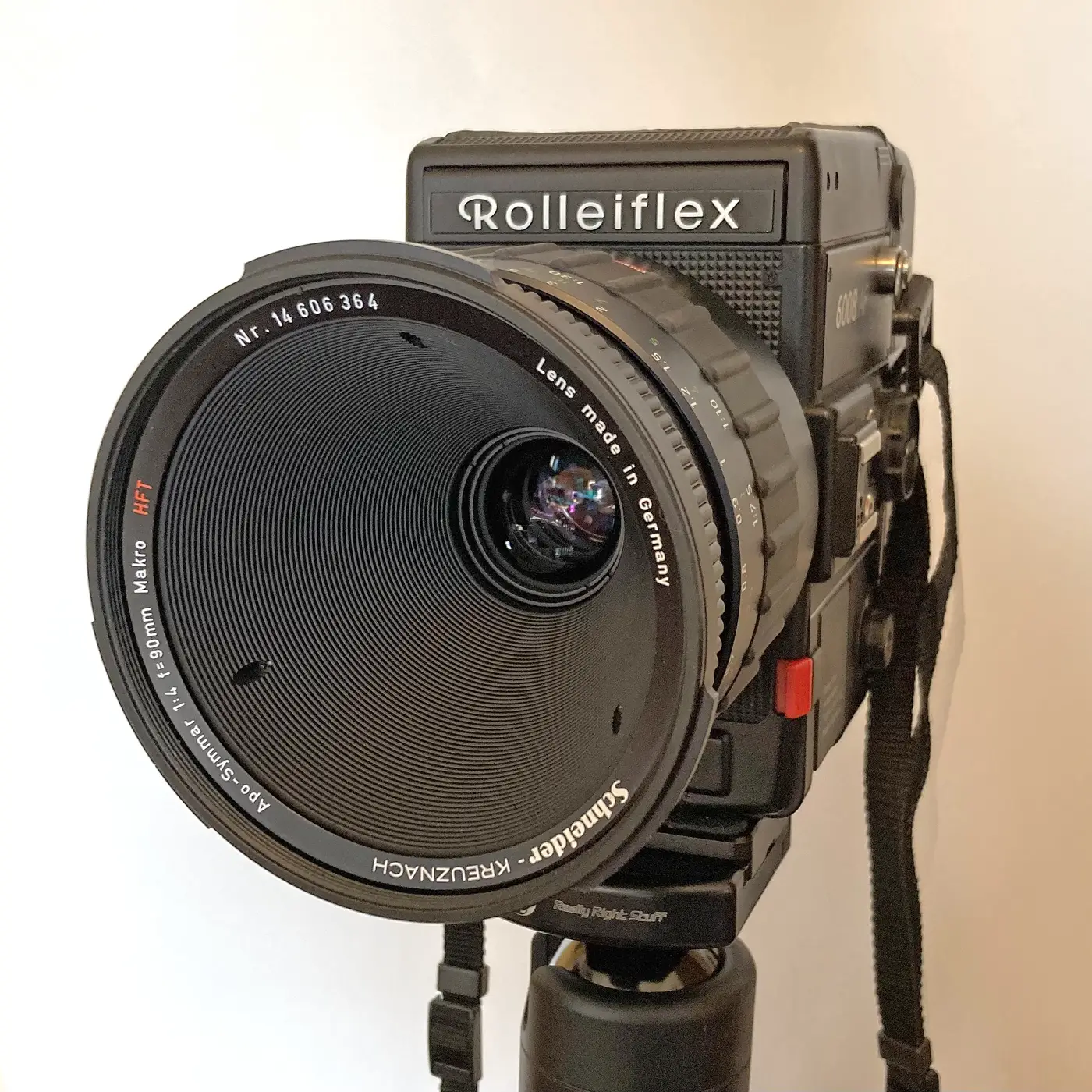








Comments
Matthew Bigwood on 5 Frames on Portra 400 with the Best Lens in Medium Format – By Chip Greenberg
Comment posted: 03/07/2022
Comment posted: 03/07/2022
Matthew Bigwood on 5 Frames on Portra 400 with the Best Lens in Medium Format – By Chip Greenberg
Comment posted: 03/07/2022
Charles Higham on 5 Frames on Portra 400 with the Best Lens in Medium Format – By Chip Greenberg
Comment posted: 03/07/2022
HW Kateley on 5 Frames on Portra 400 with the Best Lens in Medium Format – By Chip Greenberg
Comment posted: 04/07/2022
Comment posted: 04/07/2022
Jeremy Rata on 5 Frames on Portra 400 with the Best Lens in Medium Format – By Chip Greenberg
Comment posted: 04/07/2022
Whilst I am very interested in how this camera and lens perform, and it does appear to perform excellently, the author states that they stand squarely in the 'gear-doesn't-matter camp' which makes the review a bit contradictory. The review is all about 'gear'. Additionally the author goes on to state that they bet this lens would produce better results which kind of re-enforces my point that either gear matters or it doesn't . It can't really be both.
However none of that really matters, what I would love to have known is how these images were shot, they look to be pulled and if so by how much? Why did the Author choose Portra 400 as opposed to Portra 160 for instance? Were they shot handheld or on a tripod? Are they all shot at f4? If so then that certainly bears out the abilities of this lens given the front to back sharpness. If not i'd still be interested to know what aperture and speed they were shot at.
I suppose you should always leave your audience wanting more, but in this case I think more information would have made for a really interesting and rounded review.
Brett Patching on 5 Frames on Portra 400 with the Best Lens in Medium Format – By Chip Greenberg
Comment posted: 04/07/2022
Comment posted: 04/07/2022
Chip Greenberg on 5 Frames on Portra 400 with the Best Lens in Medium Format – By Chip Greenberg
Comment posted: 04/07/2022
Jeremy, I shoot on a tripod, mirror locked up with a cable release. The hotel in Vaughn, NM was shot @ f:5.6. The others were 8-11. Not sure about shutter speeds. I like the color palette I get with Portra 400. I incident meter the shadows and rate the film @ 200. I haven't liked Portra 160 as much, that's just personal. I just started experimenting with Ektar which is a sharper film.
I still think gear doesn't matter. People get too hung up on gear. You don't "need" expensive gear to make great images. I have as many prints on my wall from my Minolta Autocord, which is generations older and a tiny fraction of the price as the Rollei rig. I get great results from the Minolta and if that was all I had would not be disappointed.
Simon Foale on 5 Frames on Portra 400 with the Best Lens in Medium Format – By Chip Greenberg
Comment posted: 10/07/2022
Comment posted: 10/07/2022